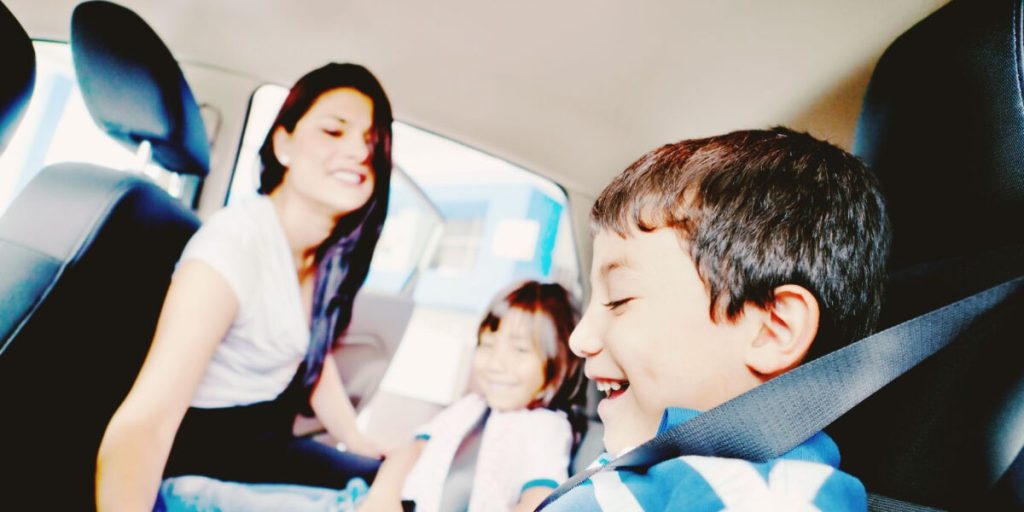
Holiday shoppers research purchases and respond to retail advertising promotions. See four classic holiday retail marketing campaigns.
With the scent of pumpkin spice in the air, ’tis the season for holiday advertising. Of course, businesses have plenty of good reasons to ramp up retail marketing during the holiday season.
According to WordStream, 80 percent of seasonal shoppers research purchases on the internet before buying. In addition, over three-quarters say they’ve changed their mind about a purchase after performing a mobile search. At least a third of people say they’ve bought things over the holidays because of a promotional offer. In any case, this season sparks holiday retail purchases, and businesses must market to make sure shoppers can find and remember them.
Four Favorite holiday retail advertising campaigns
For some inspiration to get into the holiday marketing spirit, consider some of the best seasonal advertising campaigns.
Home Alone with Google Assistant
Most shoppers remember “Home Alone,” the classic holiday movie from the 1990s. Google produced a video parody of this movie, which of course, featured Google Assistant and even the adult version of the original child star, Macaulay Culkin. The video scored tens of millions of views and lots of social buzz. It works well because it combines nostalgia, humor, and the relevance of demonstrating how people can use the app.
Starbucks red cups
No brand marketing agency can discuss holiday advertising without evoking the scent of pumpkin spice. Actually, this all started with Starbucks themed holiday cups back in 1997. Every year, the cups get a different look that mostly reflects traditional holiday designs. Mostly, the decorated cups signal the introduction of the coffee chain’s holiday menu, which of course, includes pumpkin spice.
Over the years, the campaign has generated excitement and even a little controversy. Mostly, the company uses fairly traditional or recognizable seasonal designs. For one memorable year, they introduced a plain, red cup with their logo, which displeased plenty of customers. If people like the current year’s cups or not, they earn Starbucks plenty of press and social media attention that’s paid off for the business.
Coca Cola’s polar bears
Coca-Cola has a long history of savvy and effective holiday advertising campaigns. For instance, lots of people believe the soft drink company contributed a lot to the modern version of Santa Claus during the 1930s. The Coca-Cola ploar bears arrived as holiday mascots during the 1920s, even earlier than Coca Cola’s Santa.
The cartoon bears work well because they’re cute and fun. More recently, the company has even used them to help raise awareness of the impact of global warming on real polar bears. Since 2011, Coca-Cola has contributed and raised about $5 million dollars to help preserve habitats.
Though considering the billions of dollars in profits that the company has made from these playful animals, the World Wildlife Federation has criticized the company by saying that they ought to do more.
Apple’s “The Surprise” video
Because of the coronavirus pandemic, many retailers struggle to send out the right holiday message. While they want to promote a positive message, businesses need to remain mindful that just about all of their customers have endured a touch year.
“The Surprise” video from Apple hits many of the right notes by mixing hopefulness with a hint of sadness. A family goes to visit their somewhat cranky grandpa, who has just lost his wife. On Christmas morning, the kids cheer him up with a sweet, sentimental video that — of course — they created on their iPad. The engaging video tells a story, elicits a few tears, and like the Google Assistant video, demonstrates the usefulness of the product.
How to hit the sweet spot with holiday retail marketing
Movie parodies, disposable, holiday-themed cups, imaginary bears, and sentimental videos may not appear to have much in common. Still, they all evoke nostalgia for holiday traditions, or in the case of the year of Starbucks plain cups, stoke attention when they don’t.


